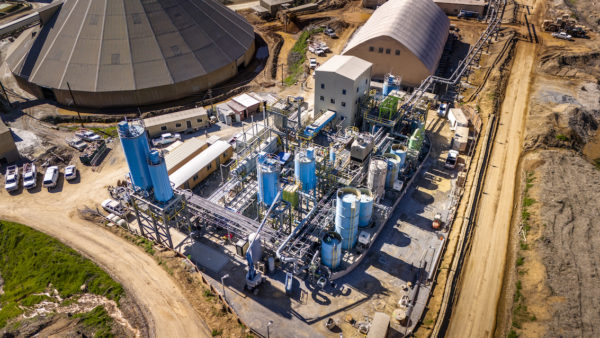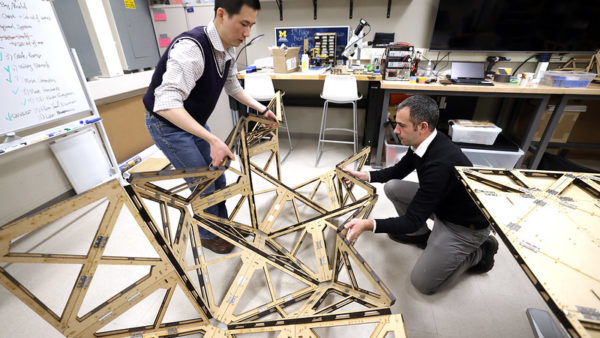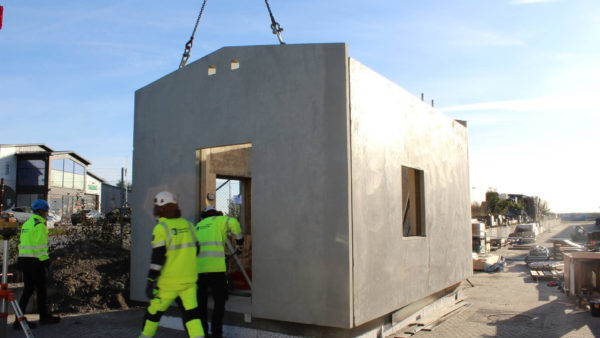A simple three-step process for making wood so hard it can stop bullets has been developed by a team at the University of Maryland (UMD).
It consists of boiling the wood in a bath of sodium hydroxide and sodium sulfite, heating it, then subjecting it to compression.
"This new way to treat wood makes it twelve times stronger than natural wood and ten times tougher," said Liangbing Hu, research team leader. "This could be a competitor to steel or even titanium alloys, it is so strong and durable."
"It’s also comparable to carbon fibre, but much less expensive," added Hu, assistant professor in UMD’s department of materials science.
The team shot bullet-like projectiles at their super wood to test it. These blew straight through the natural wood, but were stopped by the new material.
The discovery, described in the latest edition of Nature magazine, could make even soft woods, such as balsa, more useful in buildings.
"Soft woods like pine or balsa, which grow fast and are more environmentally friendly, could replace slower-growing but denser woods like teak, in furniture or buildings," Hu said.
"It is as strong as steel, but six times lighter," said Teng Li, associate professor and co-leader of the team. "It takes 10 times more energy to fracture than natural wood. It can even be bent and moulded at the beginning of the process."
According to the researchers the process will work on any kind of timber.
Timber alchemy
Scientists have been looking for a way to "densify" wood for many years. If successful, it could make trees into an abundant and ecologically sound construction material.
Although many methods have been tried, such as exposing the wood to steam or ammonia and then rolling it, like a steel bar, the results have been less than ideal, particularly with wood’s tendency to expand and contract in response to the amount of water vapour in the atmosphere. Â
Wood consists of cellulose microfibres bound with two other polymers, lignin and hemicellulose.
The process of turning wood into paper and cardboard consists of freeing the cellulose from its polymers, which is the purpose of the sodium bath.
Once the polymers are partially removed, the compression collapses the cell walls and causes the hydrogen atoms in the cellulose to form new bonds with other atoms around it, which "aligns" the cellulose to create a hard, light, dimensionally stable material.
The challenge in this process is to remove just the right amount of lignin for maximum hydrogen bonding.
Hu and Li have previously led project to turn wood into a clear material for replacing plastic, "photonic paper" for improving solar cell efficiency and a battery and a supercapacitor. These wood-based technologies are being commercialised through a UMD spinoff company, Inventwood.
Image: Liangbing Hu (left) with Teng Li (UMD)
Further reading:
Comments
Comments are closed.











I always felt that ordinary wood with a sheet of steel bonded in between was the cheapest construction material by war; and it could be manufactured in the middle of the forest too !!
This sounds very promising with a considerable range of possible uses especially if mouldable. It’ll be interesting to see what other properties the material exhibits; fire resistance, UV stability, strength and hardness at a range of temperatures, abrasion resistance and thermal conductivity. Will it remain biodegradable at end-of life? Looking forward to hearing more….